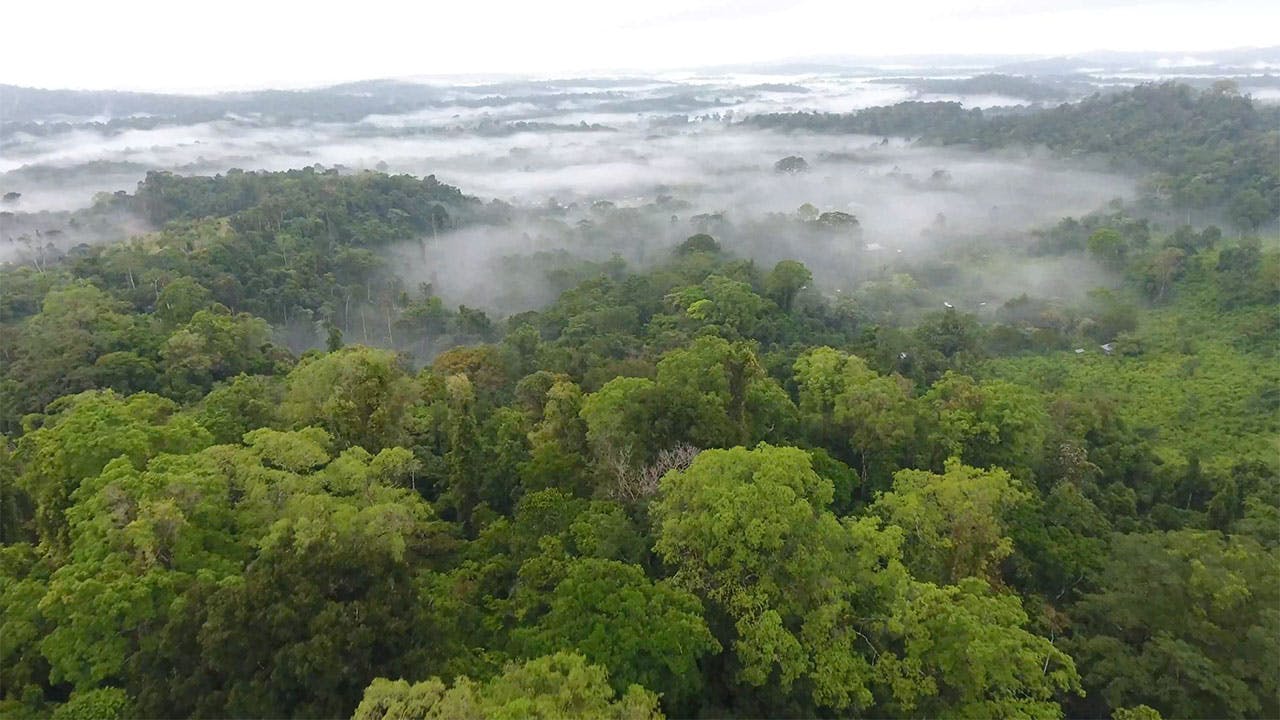Science says we can solve the climate crisis. To stay below the dangerous threshold of 1.5°C in global average temperature rise, we need to preserve 50% of Earth’s land and oceans and transition to regenerative agriculture. That means we need to take immediate action to support on-the-ground efforts to protect and restore the Earth and shift to regenerative food and fiber systems.
It can be done.
Where is the land we need to preserve?
The preservation of scientifically-identified land hotspots is the beating heart behind the fight to save our planet. More than two years in development, the Global Safety Net is the first comprehensive global-scale analysis of terrestrial areas essential for biodiversity and climate resilience, totaling 50.4% of the earth's land. The report, A “Global Safety Net” to reverse biodiversity loss and stabilize earth’s climate, was published in Science Advances and highlights the importance of protecting and restoring the natural world to address three converging crises — climate change, biodiversity loss, and food security.
What is Regenerative Agriculture?
Regenerative Agriculture provides a pathway to an abundant and resilient future by shifting from a narrative of human dominion to one of healing our relationship with the Earth. Regenerative refers to farming, ranching, and pastoral practices that contribute to stabilizing the planet’s climate and carbon cycles by rehabilitating organic matter in soil, thereby increasing carbon storage, retaining moisture, and safeguarding biodiversity and living systems. It draws upon Indigenous knowledge and both ancient and modern technology in the creation of new human resources and economies that are just and accessible to all, and that respect and support smallholder farms and collectives. Regenerative Agriculture understands that the increased production of nutritious and humanely raised food, the flora from which we obtain medicines, textiles and pigments, and solutions for other material needs, will all flow from honoring a reciprocal relationship with Nature. Continue reading here.
What else does science say?
One Earth spearheaded scientific research revealing the three shifts we can and must make to fight climate change.





